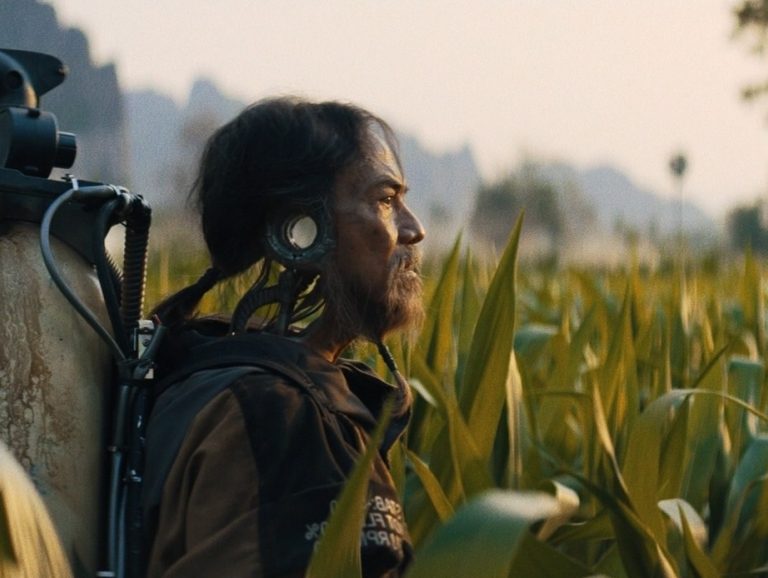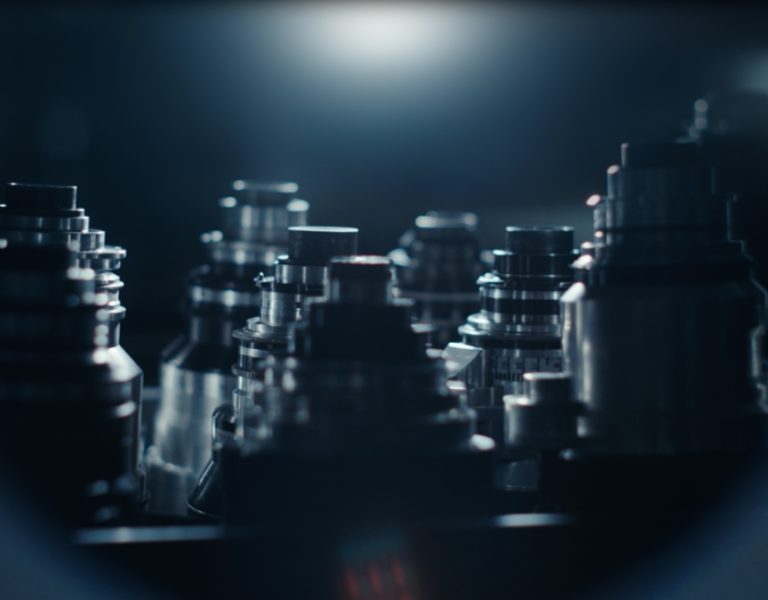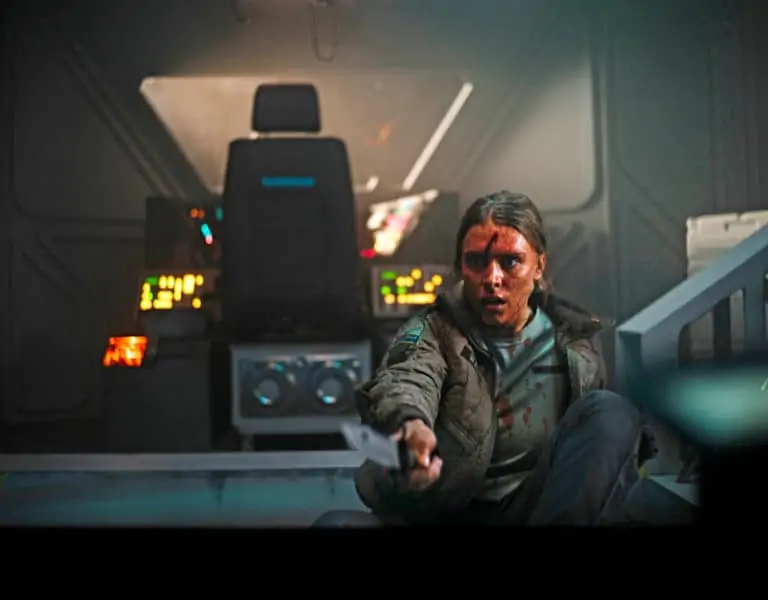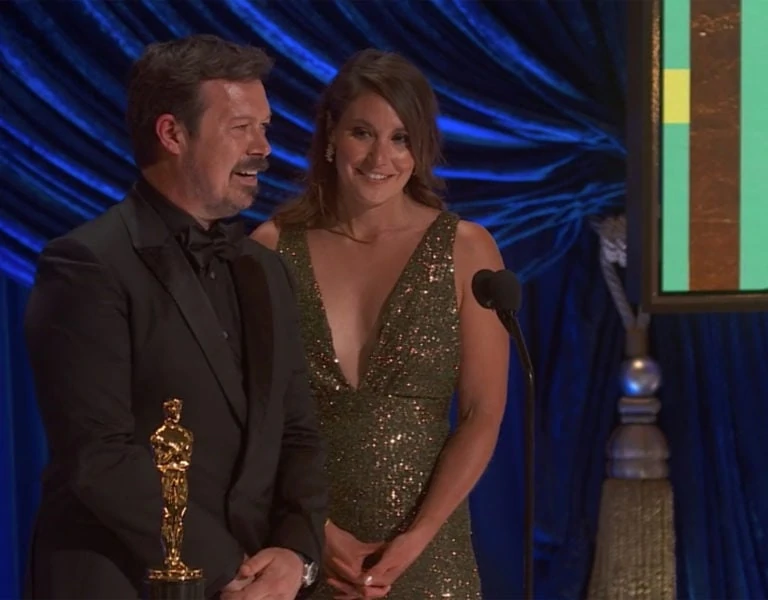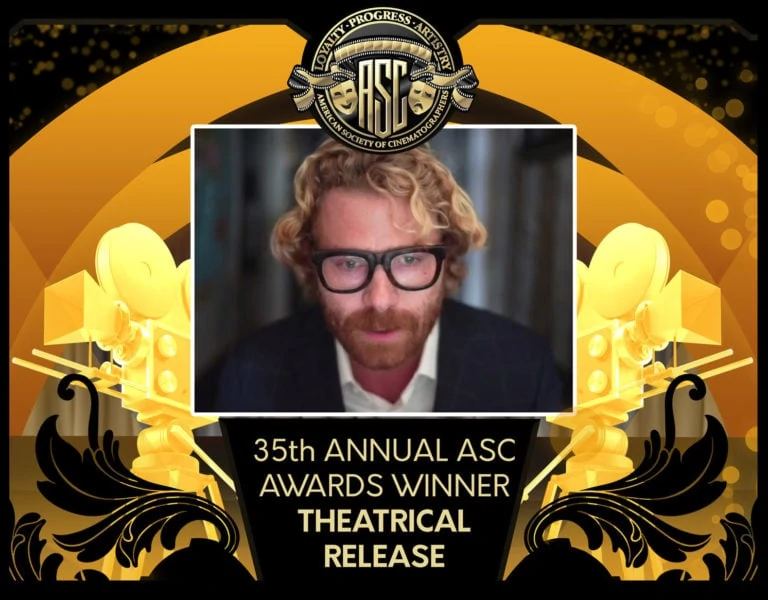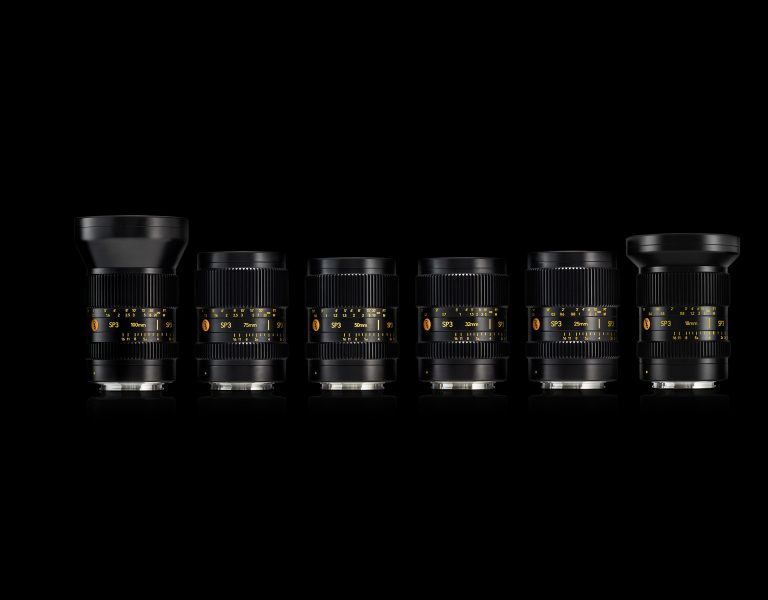Filmmaker Dekel Berenson and DP Volodymyr Ivanov explore their creative collaboration on Anna
Feb 26, 2021

Israeli born British filmmaker Dekel Berenson is inspired by the stories of brave and determined women worldwide. Karen Pyudik finds out about his latest creation Anna and collaboration with Ukranian DP Volodymyr Ivanov.
Dekel Berenson wanted to construct Anna out of the five stories connected thematically, with his creative analysis theme being individuals who experience exceptionally high levels of poverty, unemployment, and other economic hardships. His characters are incredibly motivated to achieve unreasonable goals.
Anna – the second installment of his pentaptych – is based on Berenson’s unique travel experiences around Ukraine. He saw buses filled with American blue-collar men who were traveling from town to town, hoping to meet and date Ukrainian women. Ukrainian bridal agencies organise these international dating events and the parties have a higher female to male
ratio, with 20 men to 150 women of all ages. This inspired Berenson to write a story about a middle-aged woman from Ukraine who decide to find an American groom.
To portray human emotions truthfully, Berenson cast theatre actors as well as real people. Anna, marvelously played by Svetlana Baranich, attends the international dating event organised by a Ukrainian Bridal Agency. At the party, Anna is confronted with stiff competition and with the American men’s real agenda. Her underaged daughter is attending the event and the event spirals out of control and ends in a fight.
Talented Ukrainian DP Volodymyr Ivanov’s collaboration with Berenson started when Ivanov watched his previous short film Ashmina which Berenson had shot in Nepal. It was shot in a minimalistic and deceptively simple manner and every visual aspect was well-designed.
Ivanov says, “In terms of story and stylistics, Anna and Ashmina are pretty close. Both are minimalistic portrait films built with very subtle and precise psychological details and thoughtfully picked textures. Most mise-en-scenes are practically static, and we decided to keep the camera still most of the time. That led us to develop very pictorial and graphical middle shot compositions for most scenes, in which the environment plays an essential role as the characters themselves. Our minimalistic approach of shot per scene required us to shoot just three to four shots per day. It allowed us to wait for the perfect lighting for every scene.”


The filmmakers shot Anna on the small and versatile ARRI Alexa Mini and the ArriRaw, a digital version of the camera negative. Ivanov notes, “This fantastic camera delivers a profound and flexible image in the most challenging low light conditions – this gives the vast opportunity to work with natural light.”
The filmmaking team used the FalconEye Saber One Bi-Color LED sticks to simultaneously adjust multiple lights and enhance the film’s captivating portraiture. These lights do not require any cabling, nor do they need any significant grip equipment.
Ivanov’s camera crew consisted of a camera assistant/focus puller and a gaffer. The team managed to achieve incredible results with just a skeleton crew. Their choice of lenses enhanced the psychological impact of the story. Ivanov picked a naturalistic and direct approach to optics. However, after testing many different lenses from Patriot Rentals (Kiev), Berenson chose the Cooke Anamorphics as they were ideal for close-ups . Together with Hollywood Black Magic and Black Pro-Mist filters, Cooke Anamorpchics produced a stylised and painterly image.
The filmmakers created a diffusion effect and a softer feel to the picture. Ivanov pointed out, “But then I think that in the end, it might be precisely this contradiction between a realistic content and the stylised picturesque
form that makes films deliver this sort of complicated emotion that we, as viewers, are so eager to embrace.”



